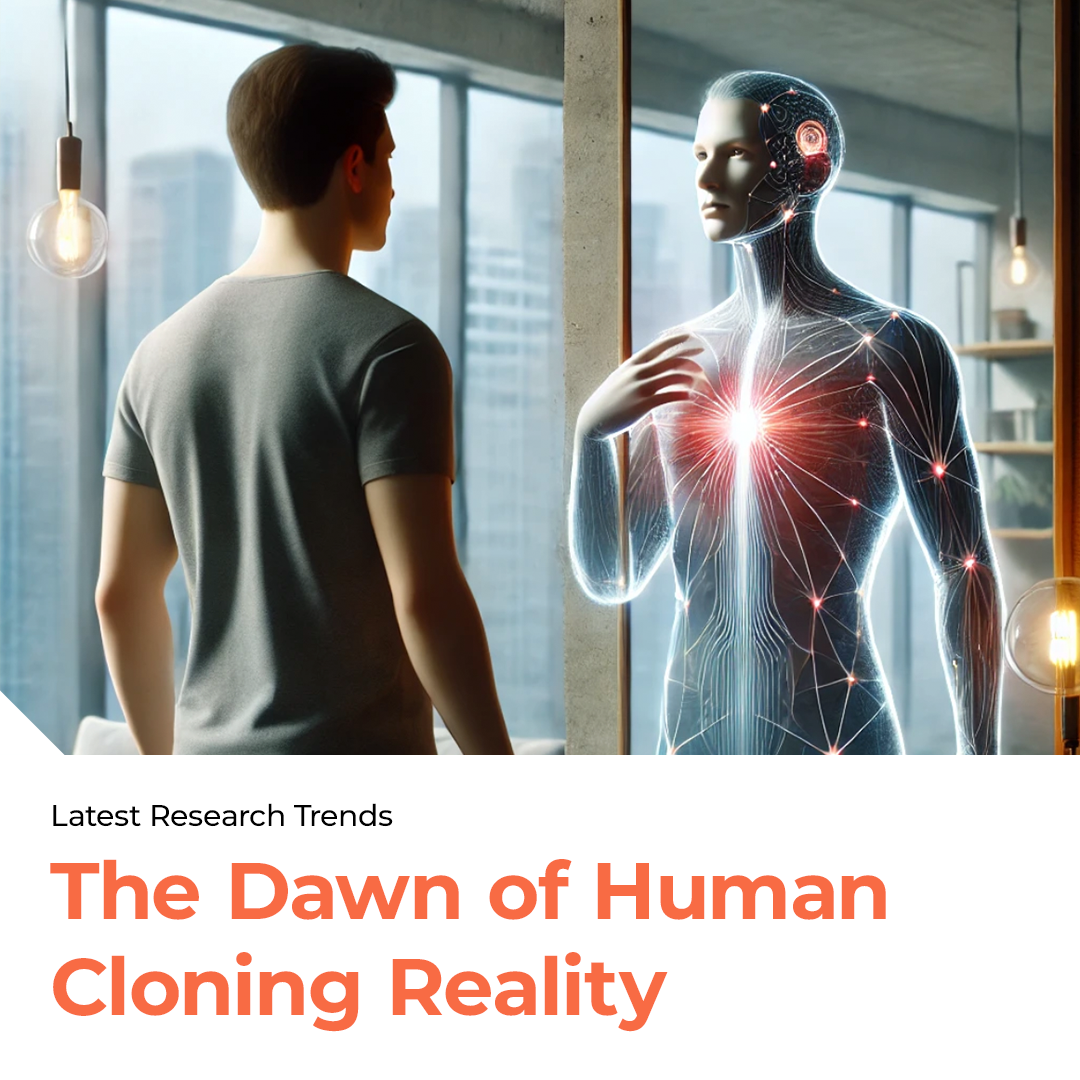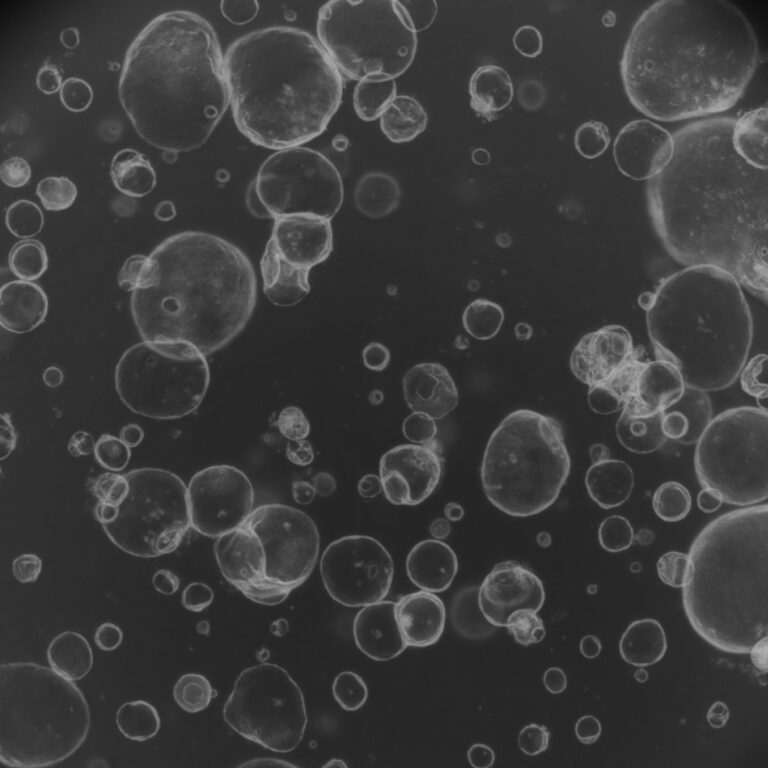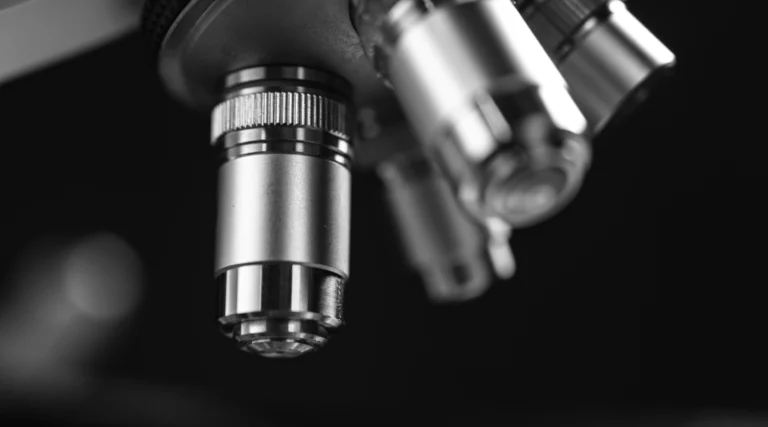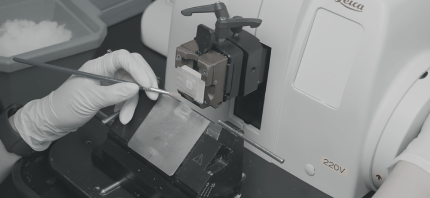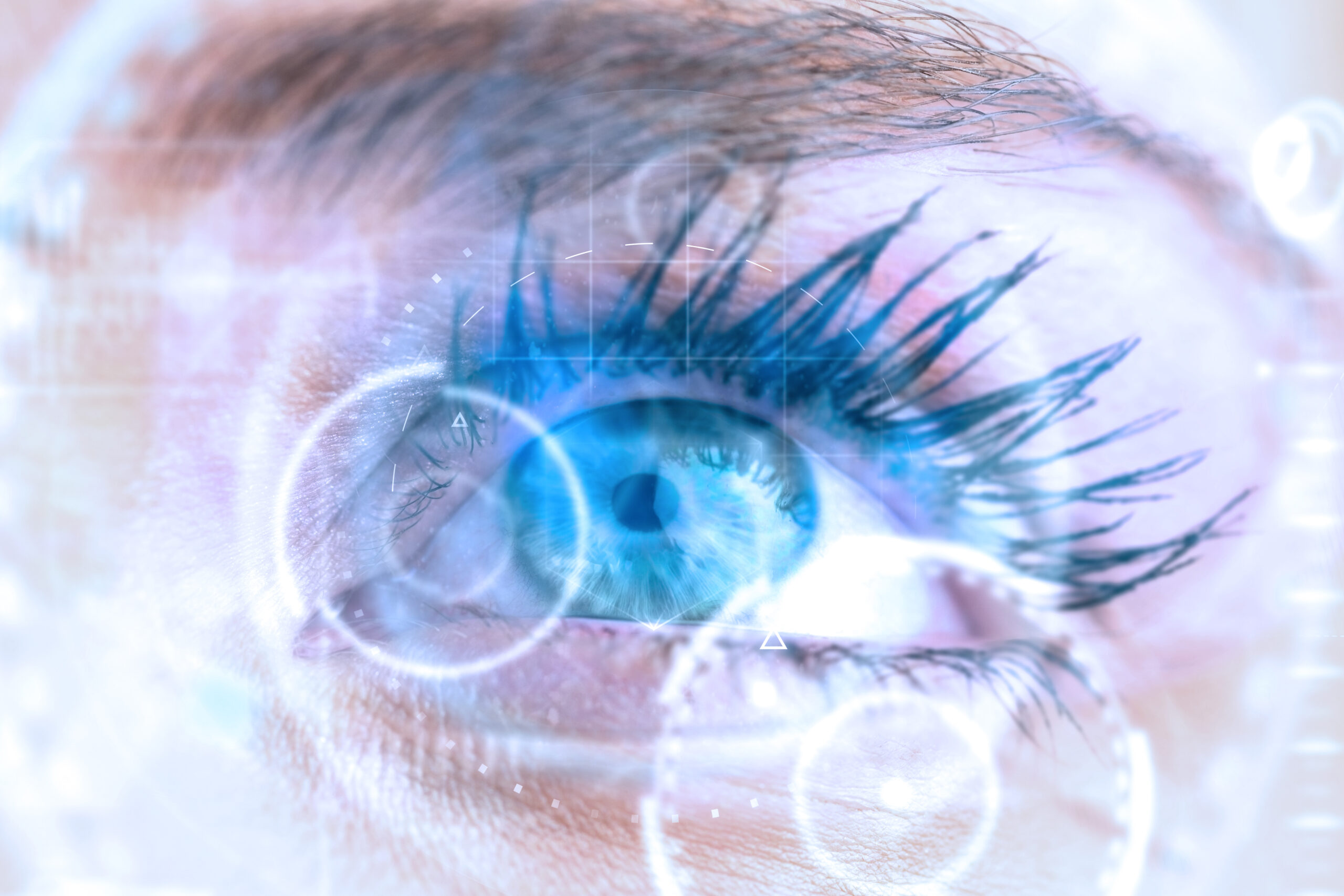Our understanding of early human embryonic development has taken a significant leap forward. Dr. Jacob Hanna and his research team at the Weizmann Institute have published groundbreaking research in Nature, introducing a pioneering method for creating complete human day 14 post-implantation embryo models using naive embryonic stem (ES) cells. This study brings us closer to the once sci-fi concept of human cloning becoming a reality.
Study Overview
Ethical and technical challenges have long hindered the study of human post-implantation development. Traditional in vitro culture methods fail to replicate the complex organization of embryos developing in vivo. However, this research marks a major advancement by using naive ES cells to develop synthetic embryo models (SEMs) that replicate nearly all known lineages and compartments of post-implantation human embryos. This discovery provides a tantalizing glimpse into the future possibilities of human cloning technology.
Key Findings
- Creation of SEMs:
- Naive ES cells were cultured and primed to differentiate into extra-embryonic lineages.
- These cells were aggregated and cultured under conditions that support their growth into structured embryo models.
- The recreation of human embryo models, once a science fiction dream, has now become a scientific reality.
- Embryonic and Extra-Embryonic Lineages:
- The SEMs developed key embryonic structures, including the epiblast, hypoblast, and extra-embryonic mesoderm, surrounded by a trophoblast layer.
- Lineage-specific markers confirmed successful differentiation and organization within the SEMs.
- This indicates the potential to accurately replicate the complex structures of human embryos.
- Developmental Dynamics:
- SEMs exhibited features characteristic of 14-day human embryos, including embryonic disc formation and anterior-posterior symmetry breaking.
- The development of primordial germ cells and the formation of the chorionic cavity and connecting stalk were observed.
- These dynamics provide crucial insights for future human cloning research.
- Functional Characteristics:
- SEMs demonstrated functional attributes of early human development, such as polarized amniogenesis and yolk sac formation.
- The trophoblast compartment formed structures essential for nutrient exchange and implantation processes.
- This suggests the ability to recreate all stages of human embryo development in the lab.
Advantages Over Traditional Methods
- Accurate 3D Microenvironment: SEMs offer a more realistic model of human embryonic development compared to traditional 2D cultures.
- Comprehensive Lineage Representation: This model includes multiple embryonic and extra-embryonic lineages, providing a holistic view of early development.
- Ethical Benefits: SEMs provide an ethically viable alternative for studying human development, reducing the need for human embryos.
- Potential for Human Cloning Research: This study opens new avenues for exploring the potential of human cloning technology while overcoming ethical challenges.
Expected Impact
This innovative model offers a robust platform for studying human embryogenesis, providing insights into developmental disorders and potential clinical applications. The ability to model early human development ex utero holds promise for improving fertility treatments and understanding congenital defects. Furthermore, it shows that the concept of human cloning is no longer just a distant dream.
